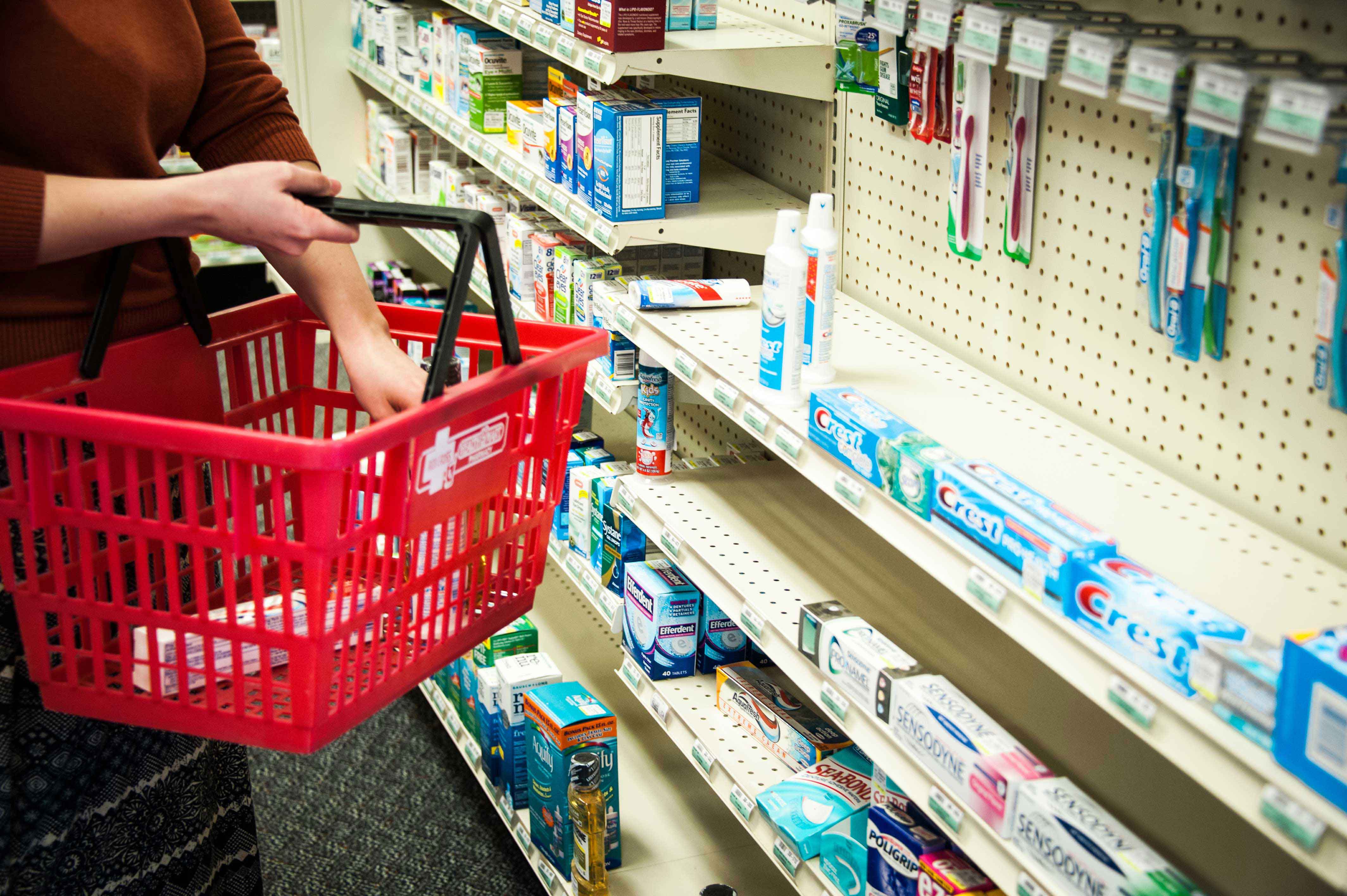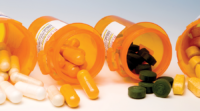You probably have some ideas about what works and what doesn’t work in your pharmacy’s front end. You may have a good idea of who your best shoppers are or what products sell best in October, for example. But there also may be some aspects that you don’t realize.
A recent study on independent pharmacy shoppers, called Independent Pharmacy Shoppers: Who, What, and Why?, conducted by HDMA and Hamacher Resource Group shed light on the typical pharmacy front end. (And some of it may surprise you.)
Here are three front-end findings you may not have realized.
1. It’s not just the elderly shopping independents
A large population of baby boomers and even millennials prefer independent pharmacies. This is especially true for more ethnically diverse areas. “Take a multi-generational Hispanic household for example, where the grandmother and grandfather always went to the local farmacia,” said Dave Wendland, vice president of Hamacher Resource Group. “Now their kids are going there too, and they aren’t just shopping for mom or dad. Often, they’re shopping for themselves and possibly for pediatrics products for their own children.”
2. Dollar stores are emerging as competitors to independents?
With many people looking to save money on health products, discount retailers have expanded their health and wellness offerings in recent years. Former chain pharmacy executives have also taken the reins at companies like Family Dollar. “Their DNA has changed,” Wendland said. “They could be a destination as a second or third choice to a drug store.”
3. Independent pharmacies as a retail channel aren’t in decline?
In fact, 73 percent of the pharmacists surveyed in the study reported their front end as either “growing” or “holding steady.” With margins declining on the prescription side and a rising trend in self-medication, front-end sales could prove to be an important profit area for independents going forward.
“It’s vital that pharmacists recognize the business opportunity in caring for the needs of patients making self-medication choices or relying on home care products,” Wendland said. And while front-end sales may comprise a smaller part of the business, the margins are consistently better. The POS data from the study showed the average gross margin for front end to be 38 percent. The total store average (including the prescription department) was only 23 percent.
Related articles:
Front End, in Focus: Tips to Boost Pharmacy Front-End Sales
5 Types of Independent Pharmacy Shoppers
6 Seasonal Merchandising Strategies for Pharmacies












